Expeditions to the Americas, and the often destructive colonization and evangelization that followed, helped the Spanish monarchs to amass a great fortune based on Indigenous labor and natural resources.
1400–1600
Expeditions to the Americas, and the often destructive colonization and evangelization that followed, helped the Spanish monarchs to amass a great fortune based on Indigenous labor and natural resources.
1400–1600
During the Renaissance, the Spanish empire extended throughout western Europe and beyond.
We're adding new content all the time!
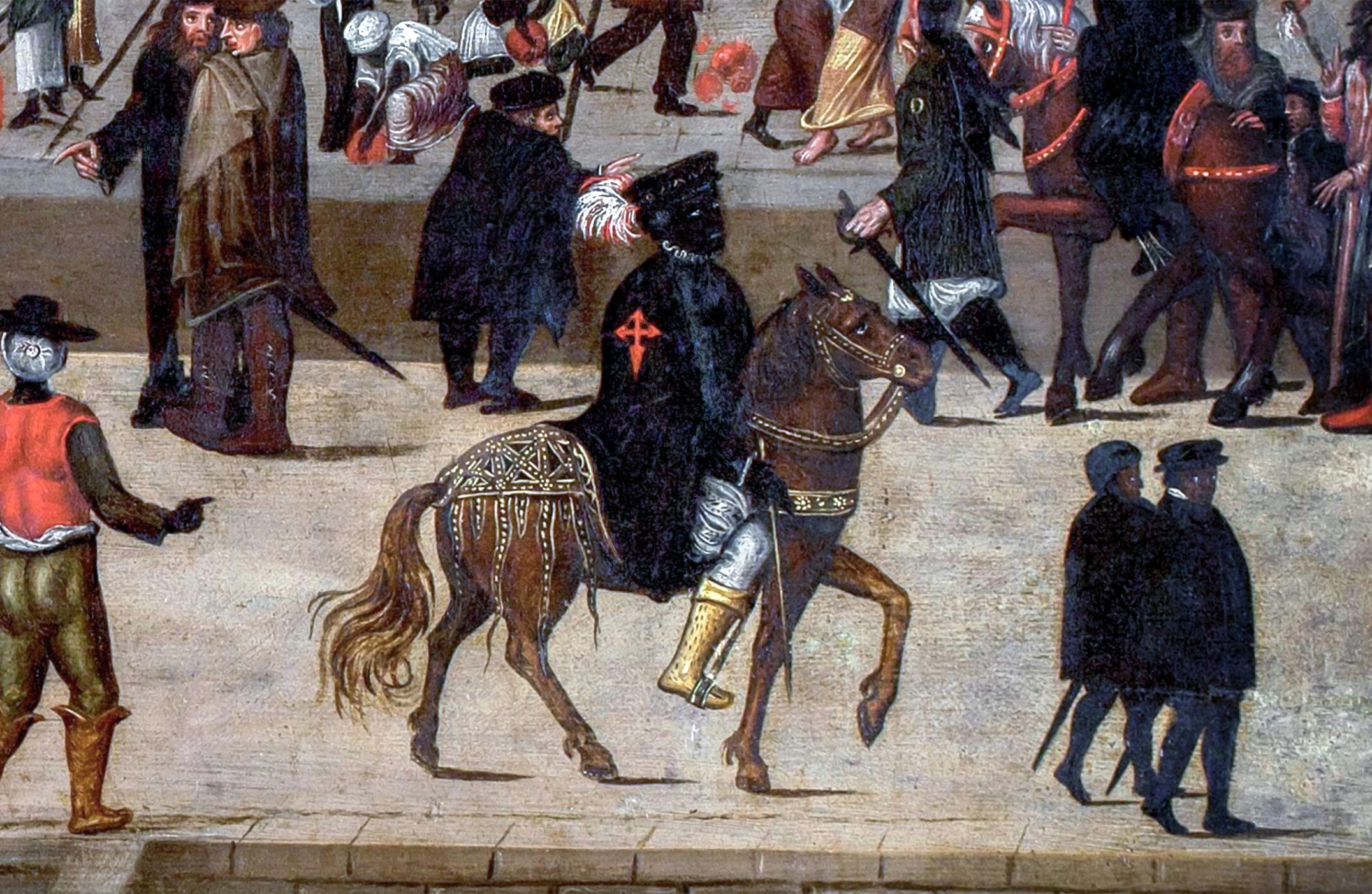
Painted are the varied lives, labors, punishments, and cultural activities of Black Portuguese people in early modern Lisbon.
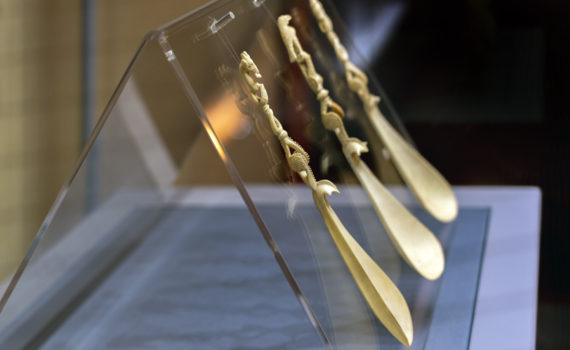
Ivory spoons from West Africa were imported into Portugal in the 15th and 16th centuries.
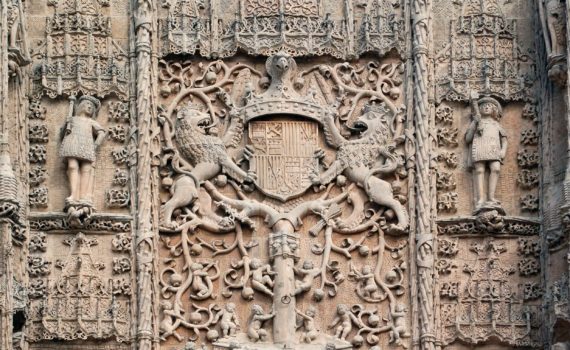
The entrance to San Gregorio epitomizes some of the inventive, complex architectural forms present on the Iberian Peninsula in the 15th century

For almost two hundred years, the Avis dynasty ruled Portugal and helped drive its transition from a small agricultural kingdom on the periphery of Christendom to a pioneer in global exploration, colonization, and trade.

The Belém Monstrance is an object of extraordinary artistry that embodies an immediate response to events taking place in Portugal and its overseas expansion.
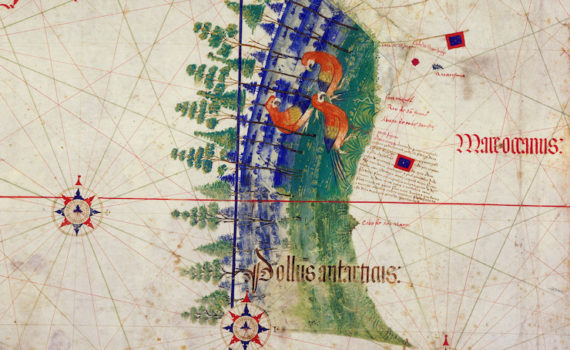
Portuguese explorations paved the way for other European nations to travel, conquer, and exploit regions of Africa, Asia, the Americas, and the Pacific. This chapter includes artworks from the 1400s, when Portuguese voyages began to explore the coast of Africa, through the early 1800s, when Brazil gained political independence from Portugal.
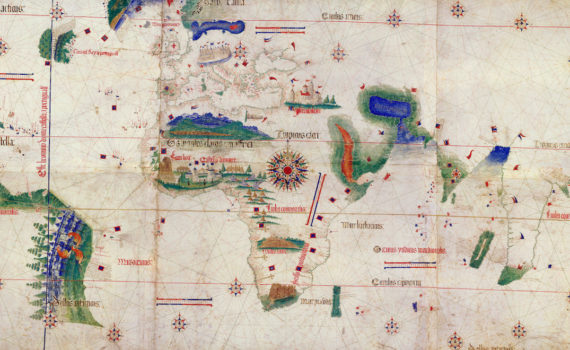
The Cantino planisphere, made by an unknown Portuguese chartmaker depicts what the Portuguese knew of the world in 1502.
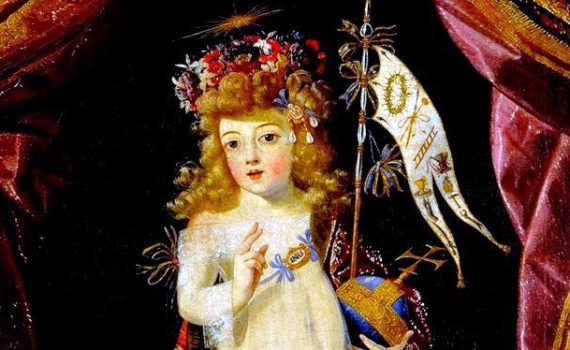
Josefa de Ayala, commonly called Josefa de Óbidos, is the only woman known to have worked as a painter in Portugal in the 17th century.
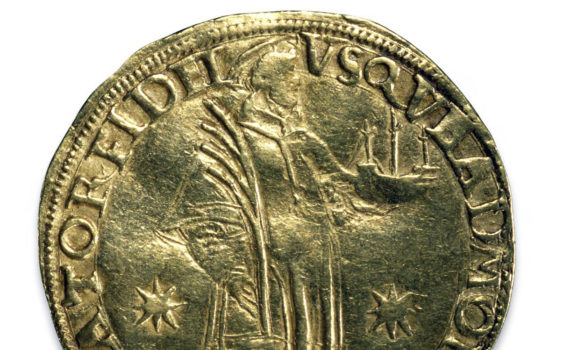
St Vincent, who is portrayed on this coin, was the patron saint of Portugal and of navigation
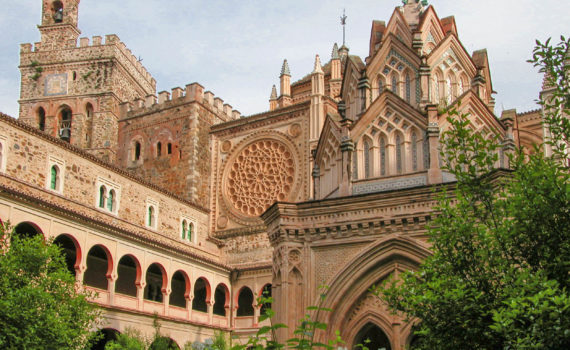
The monastery is an outstanding repository of four centuries of Spanish religious architecture.

Founded by Cardinal Jiménez de Cisneros in the early 16th century, Alcalá de Henares was the world's first planned university city.
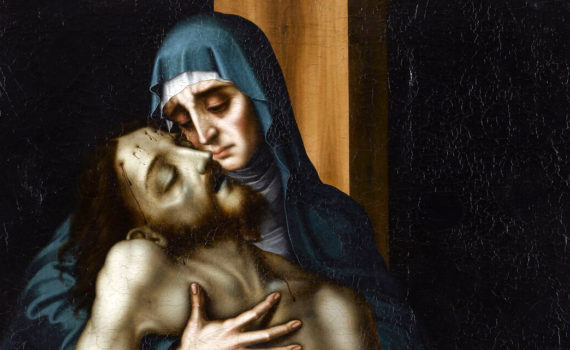
The impact of the Council of Trent on Catholicism is indisputable, and similarly on a great deal of art made after it ended